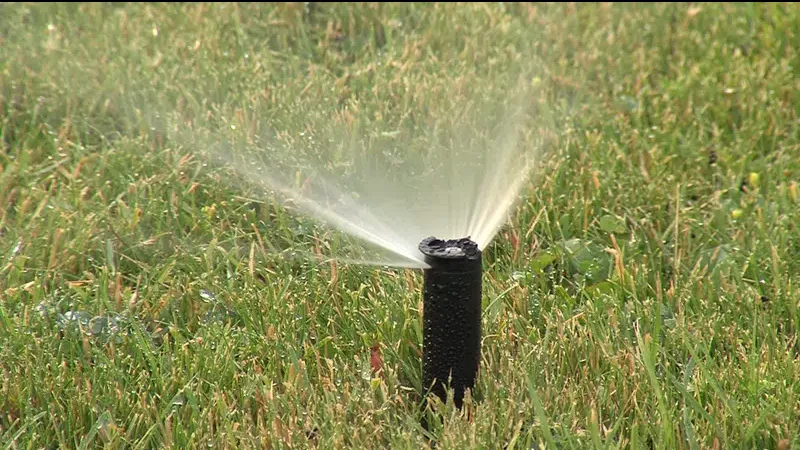
Water utility hike in Kamloops likely to remain at 15 per cent; drop to three per cent in 2029
KAMLOOPS — The average water utility rate for Kamloops homeowners is still expected to increase by 15 per cent in 2025.
During its regular meeting Tuesday (Nov. 5), Kamloops council allowed city staff to prepare bylaw amendments that would see rate increases of 15 per cent for water utility and five per cent for sanitary sewer. For example, a residential property paying $452 for water and $493 for sewer would see increases of $68 and $25 respectively to $519 and $518.
The increase follows council’s decision in 2023 for a five-year water utility rate increase of 18 per cent in 2024, 15 per cent in 2025 and percentages of 15, 10 and five thereafter. The water rate is expected to rise by three per cent in 2029. The original 25 per cent hike in 2024 was voted down last November.


